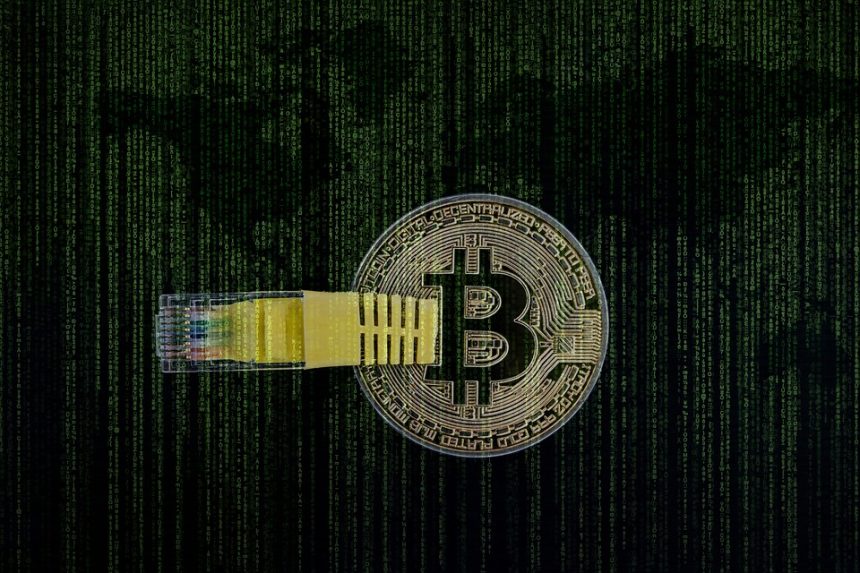In an increasingly interconnected world, where digital information flows seamlessly across borders, the concept of digital sovereignty has gained prominence. Digital sovereignty refers to the ability of individuals, organizations, and nations to control their own digital data and resources. It implies not just the independence of data governance but also a broader autonomy in digital operations free from foreign intervention. As we delve deeper into the digital age, Distributed Ledger Technology (DLT), particularly blockchain, emerges as a pivotal force in achieving this goal.
Understanding Digital Sovereignty
Digital sovereignty encompasses various aspects, including data privacy, control over digital identities, protection against surveillance, and the capability to establish and enforce local regulations on technology. For nations, it involves creating an environment where economic, political, and social activities can thrive without undue reliance on external technological infrastructures that may compromise their autonomy.
What is Distributed Ledger Technology?
Distributed Ledger Technology refers to a decentralized database that is consensually shared and synchronized across multiple locations or institutions. Unlike traditional databases managed by a central authority, DLT operates on a peer-to-peer network, allowing participants to have simultaneous access to records. This underlying architecture enables enhanced security, increased transparency, and better data integrity.
Key Features of DLT that Promote Digital Sovereignty
-
Decentralization: The very essence of DLT lies in its decentralized nature, which diminishes the control exerted by intermediaries. By removing central authorities, individuals and organizations can engage directly, significantly reducing the risk of foreign interference.
-
Security and Trust: DLT’s cryptographic principles help secure data from unauthorized access and tampering. The immutable nature of blockchain records ensures that once data is entered, it cannot be altered or deleted, fostering trust among users.
-
Transparency and Auditability: DLT systems offer unparalleled transparency. All participants have access to the entire ledger, which can improve accountability among stakeholders, be they governments, businesses, or citizens. This feature can bolster trust in digital systems and enhance public confidence in governmental operations.
-
Smart Contracts: Smart contracts are self-executing contracts with the terms of the agreement directly written into code. They allow processes to be automated without central oversight, thus enabling organizations to execute transactions independently and efficiently while adhering to local legal frameworks.
- Data Ownership: DLT empowers individuals by allowing them to own and control their digital identities and data. By facilitating self-sovereign identities, where users manage their data without relying on third-party entities, DLT aligns with the principles of data anticipation and user empowerment.
Applications of DLT in Achieving Digital Sovereignty
1. Identity Management
Digital identity verification through DLT can enhance sovereignty by validating individuals’ identities without relying on external databases. This can prevent identity theft, facilitate compliance with local laws, and allow citizens to exercise control over their personal information.
2. Financial Services
With the rise of Central Bank Digital Currencies (CBDCs) and cryptocurrencies, DLT is transforming financial services. By issuing digital currencies through a distributed ledger, nations can maintain control over their monetary policies and prevent external influences from undermining their economic stability.
3. Data Privacy Compliance
The implementation of DLT can assist organizations in adhering to data protection regulations, such as the General Data Protection Regulation (GDPR) in Europe. By allowing users to manage their consent and access rights over their data, DLT can help maintain compliance with legal frameworks that prioritize individual privacy.
4. Supply Chain Management
DLT can enhance transparency in supply chains, ensuring products and materials are sourced ethically and sustainably. This capability enables nations to foster trust in domestic products while protecting against foreign exploitations of resources.
5. E-Governance Systems
Governments can leverage DLT for secure and transparent voting platforms, public records management, and organizational processes. This can enhance citizen engagement and trust in governmental functions, contributing to stronger democratic processes and local governance.
Challenges and Considerations
While the potential of DLT in promoting digital sovereignty is immense, it is essential to recognize some challenges:
-
Scalability: Many DLT networks face issues with scalability, especially when it comes to processing transactions quickly while maintaining security and decentralization.
-
Interoperability: As various DLT implementations proliferate, the need for systems to communicate and share data seamlessly becomes crucial for widespread adoption.
-
Regulatory Uncertainty: Governments are still grappling with how to regulate DLT effectively without stifling innovation. Clear regulations will be critical to foster trust and encourage the use of DLT.
- Digital Literacy: For DLT to be embraced widely, a critical mass of users must be educated in the technology’s functionalities and benefits.
Conclusion
As nations navigate the complexities of the digital age, achieving digital sovereignty will be paramount in retaining control over their own digital destinies. Distributed Ledger Technology holds remarkable promise as a tool that can empower individuals and organizations to assert their digital rights and autonomy. By fostering decentralized systems that prioritize security, transparency, and user control, DLT can fundamentally transform how governance, commerce, and societal interactions occur, paving the way toward a more secure and sovereign digital future. In this journey, collaboration among governments, industry leaders, and communities will be vital to realize the full potential of DLT and secure a digital landscape free from undue external influences.





